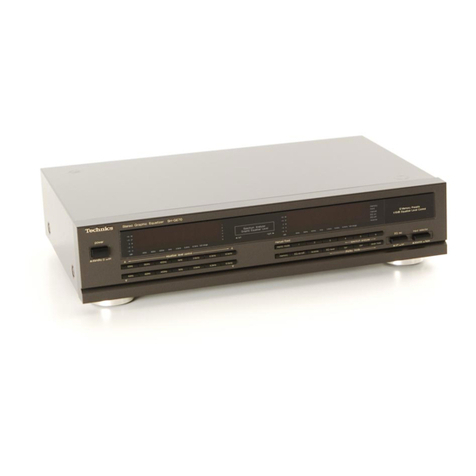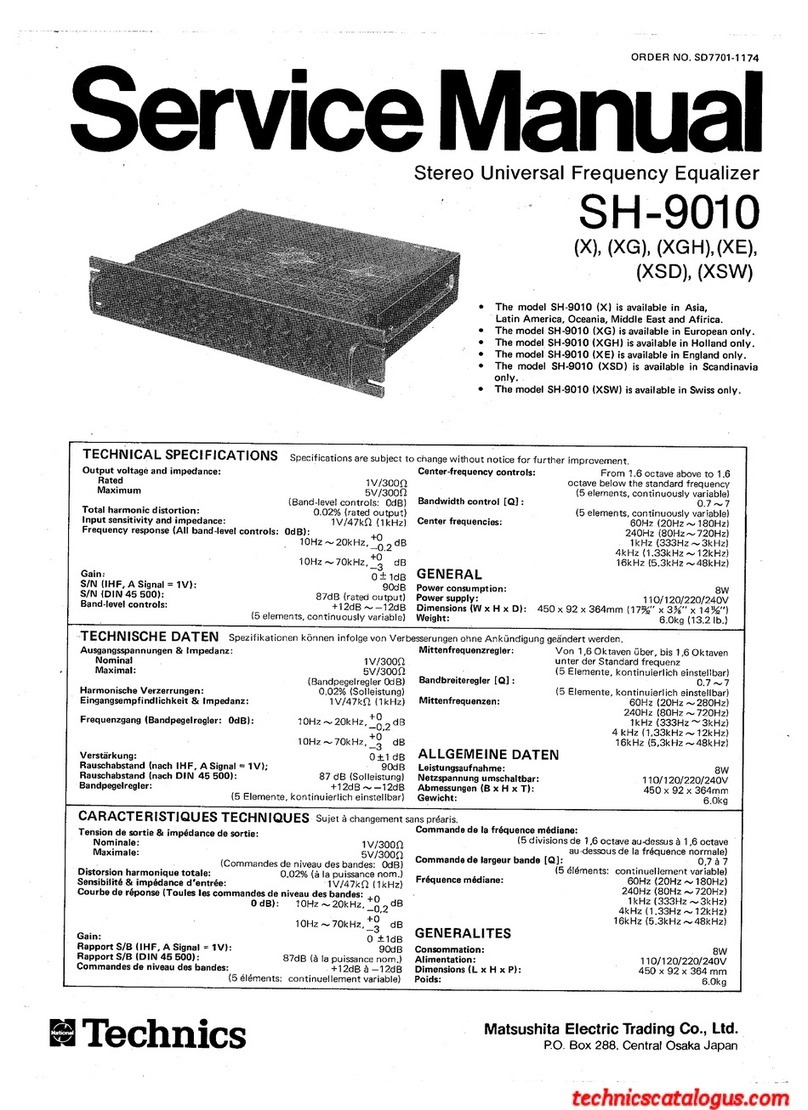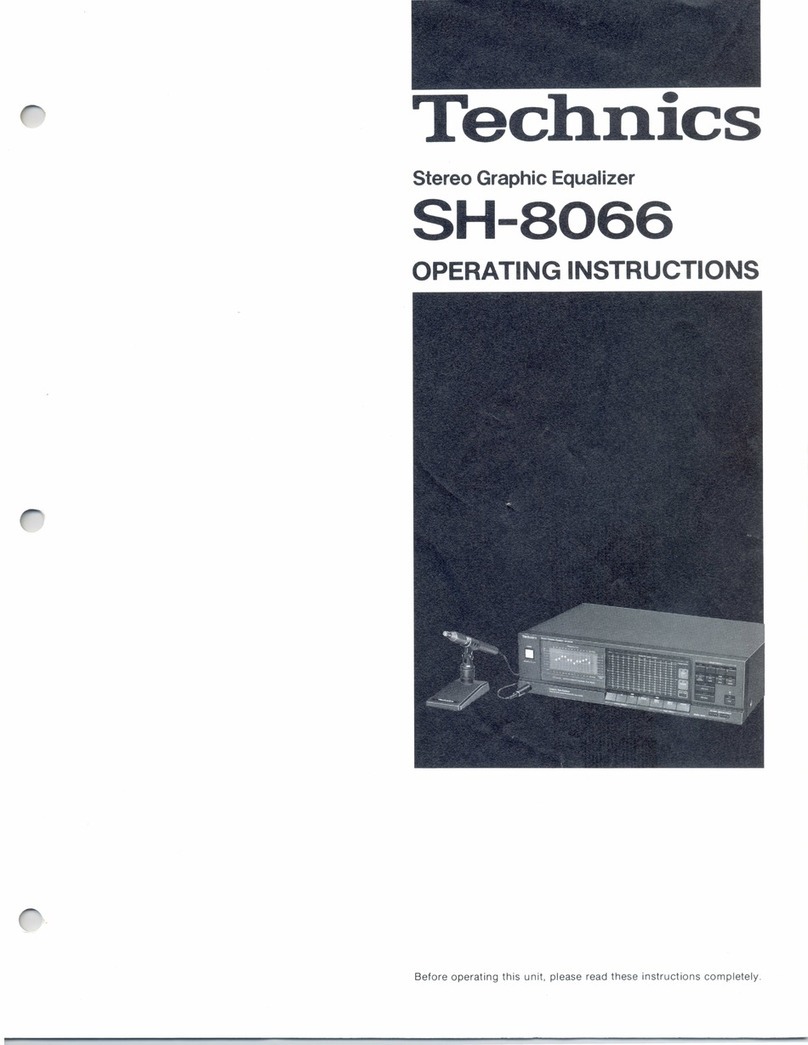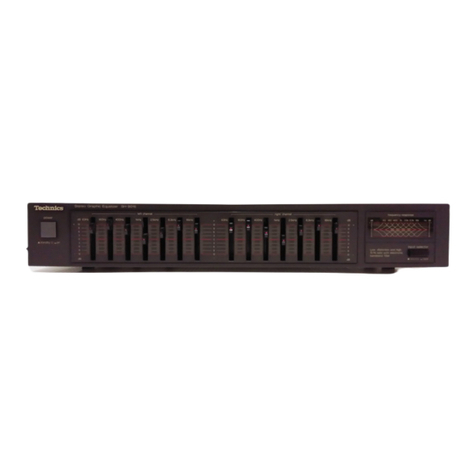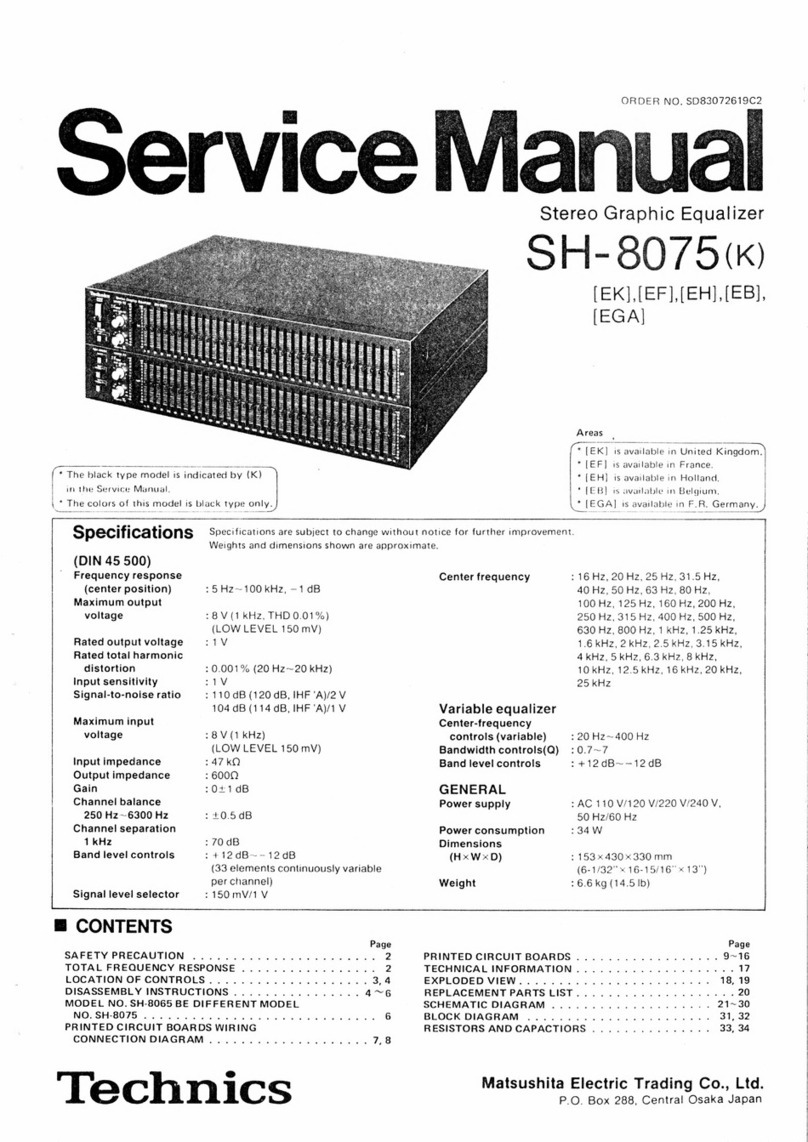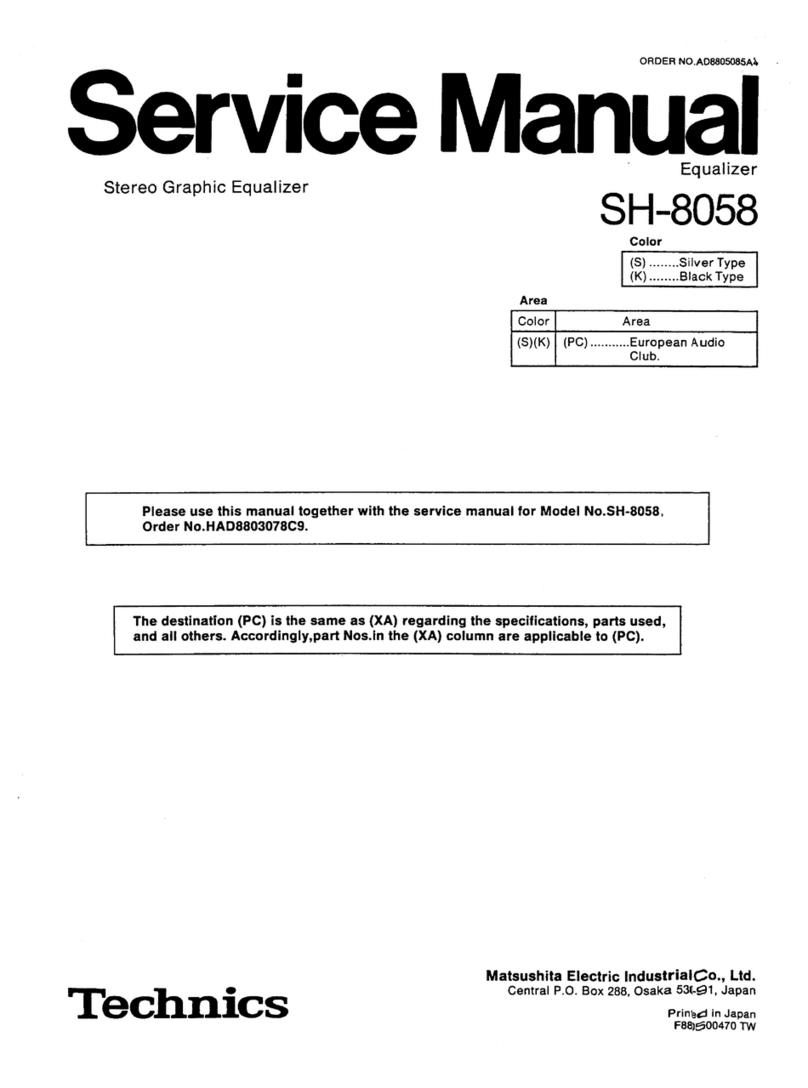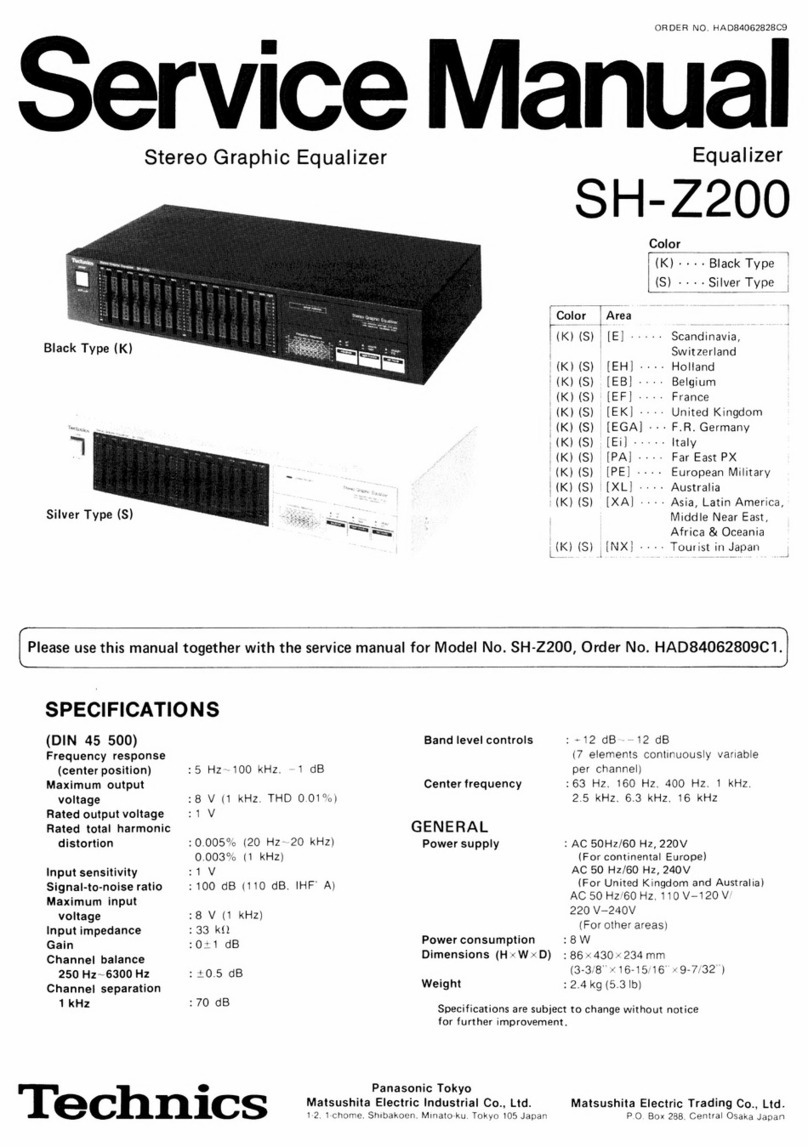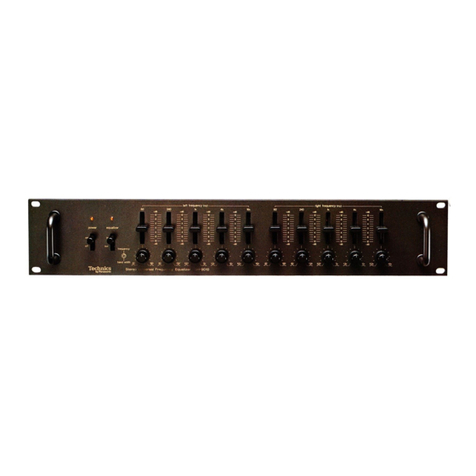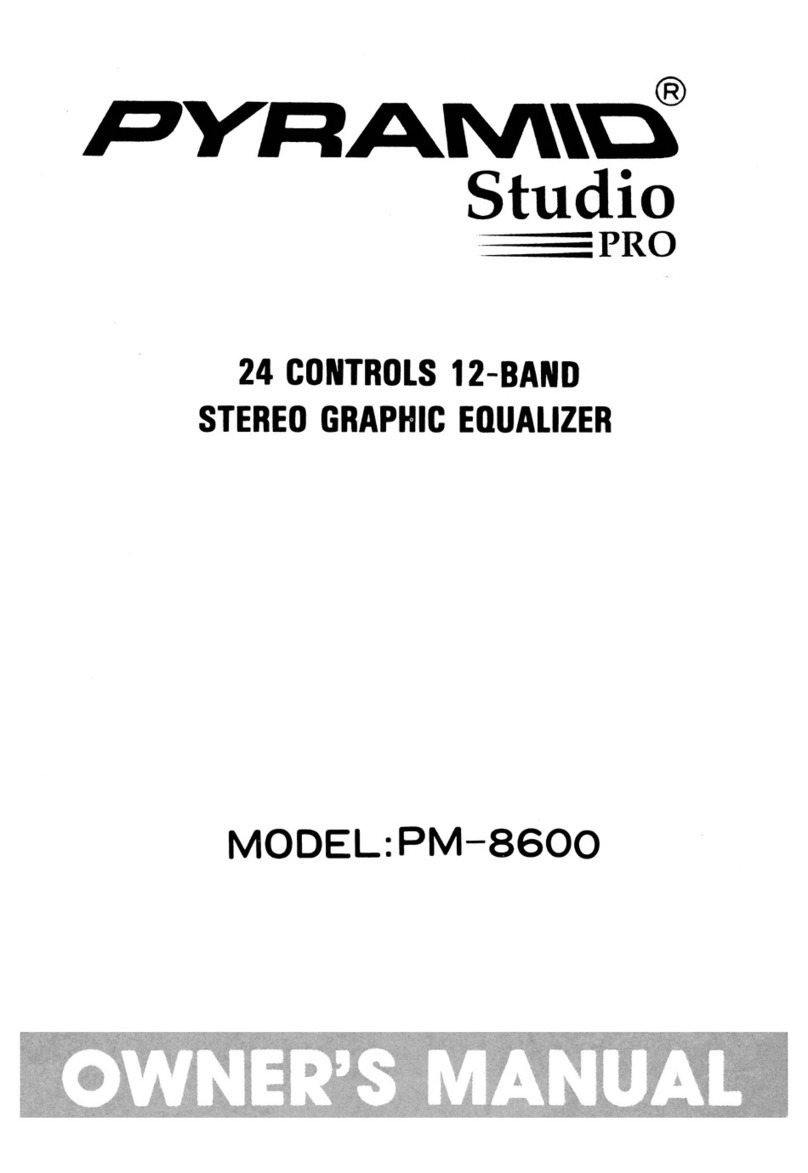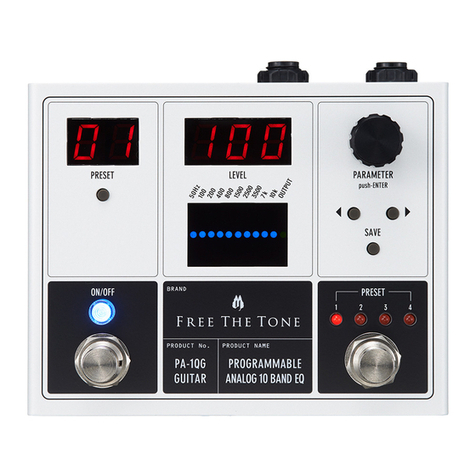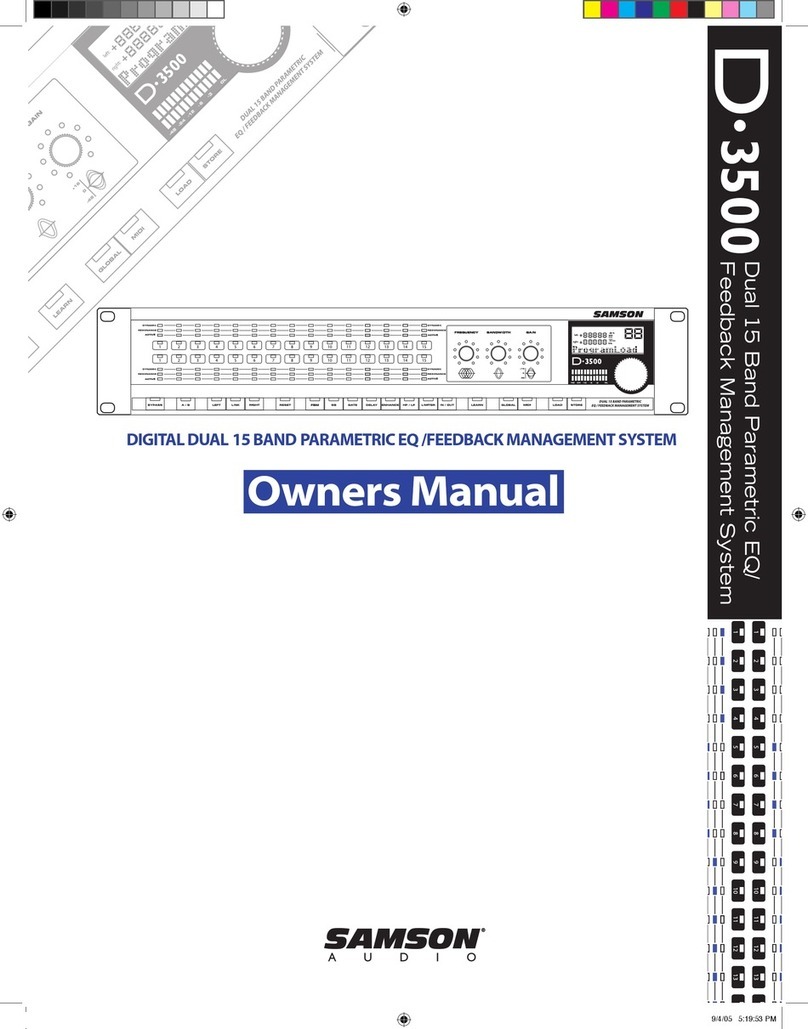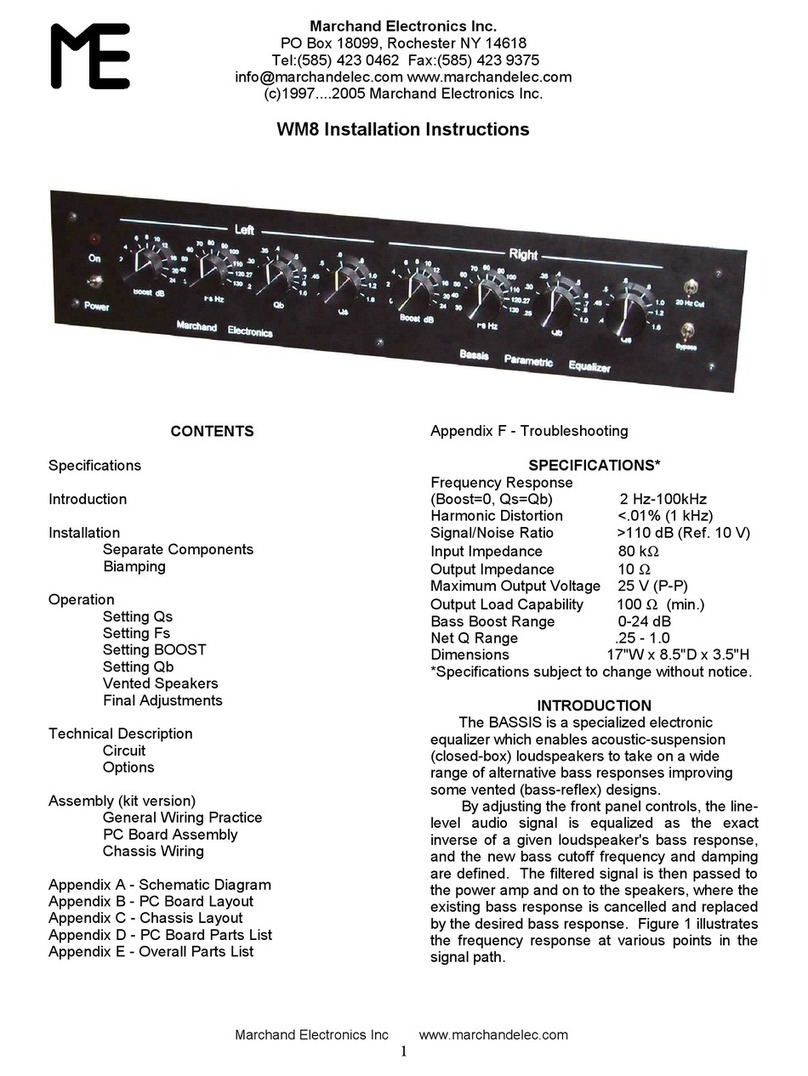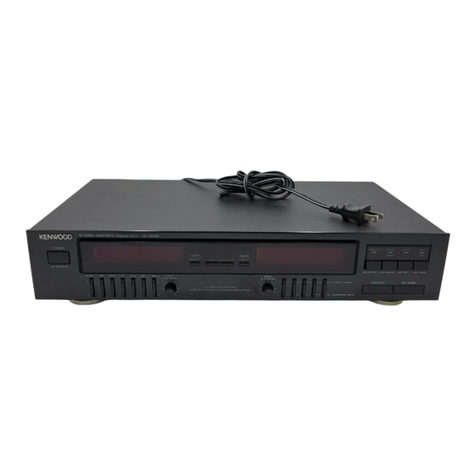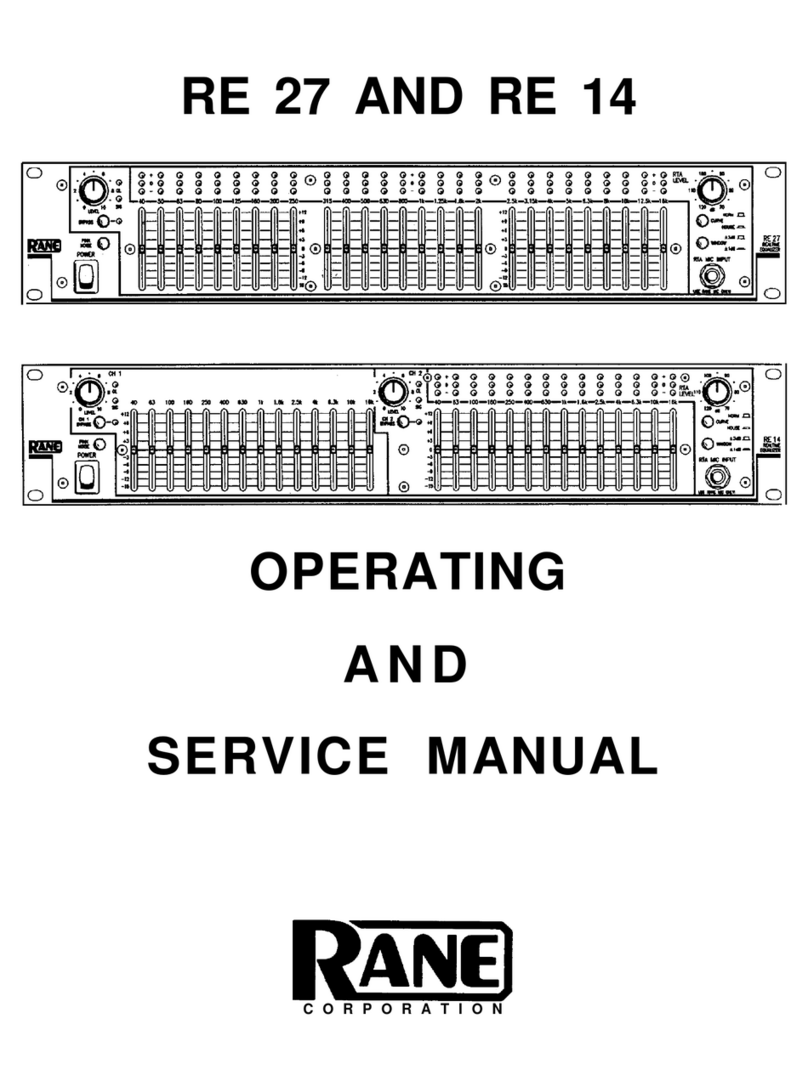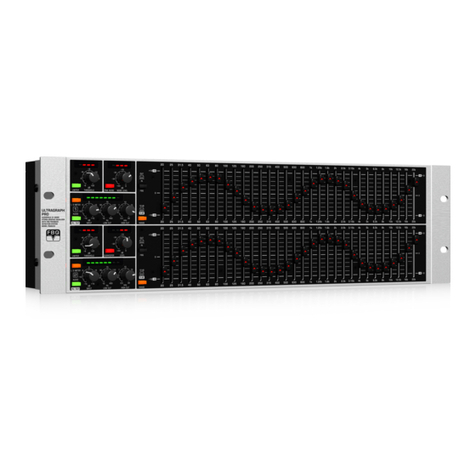Suggestions for Safety
Before using this unit, be sure to read applicable items of the
operating instructions and these safety suggestions carefully.
Afterwards keep them handy for future reference. Take special
care to follow the warnings indicated on the unit itself as well as
in the operating instructions.
•Water and Moisture -- The unit should not be used
near water -- for example, near a bathtub, washbowl,
kitchen sink, laundry tub, in a wet basement, or near a
swimming pool, and the like.
11. Outdoor Antenna Grounding -- If an outside antenna
is connected to the receiver, be sure the antenna system
is grounded so as to provide some protection against
voltage surges and built-up static charges. Section 810 of
the National Electrical Code, ANSI/NFPA No. 70 - 1984,
provides information with respect to proper grounding of
the mast and supporting structure, grounding of the
lead-in wire to an antenna discharge unit, size of ground-
ing conductors, location of antenna-discharge unit, con-
nection to grounding electrodes, and requirements for the
grounding electrode. See figure below.
Power Lines
1Object and Liquid Entry -- Care should be taken so
that objects do not fall and liquids are not spilled into the
enclosure through openings.
=
•
1
1
Ventilation -- The unit should be situated so that its
location or position does not insterfere with its proper
ventilation. For example, the unit should not be situated
on a bed, sofa, rug, or similar surface that may block the
ventilation openings; or placed in a built-in installation,
such as a bookcase or cabinet that may impede the flow of
air through the ventilation openings.
Heat -- The unit should be situated away from heat
sources such as radiators, heat registers, stoves, or other
units that produce heat.
Power Sources -- The unit should be connected to a
power supply only of the type described in the operating
instructions or as marked on the unit.
Power Cord Protection -- AC power supply cords
should be routed so that they are not likely to be walked
on or pinched by items placed upon or against them,
paying particular attention to cords at plugs, convenience
receptacles, and the point where they exit from the unit.
Never take hold of the plug or cord if your hand iswet, and
always grasp the plug body when connecting or discon-
necting it. 12.
Entrance
Equipment
-Antenna Lead II1
Wire
ge
Unit c
Power Service Groundlt To External Antenna
Electrode System Terminals of Product
(e g interior metal water
pipe} Ground Wire a, b
i = Ground Clamps
Bonding Jumper d_ I_Op ional Antenna Grounding Electrode
i i Driven 8 Feet (2.44 m) into the Earth if
uRequired by Local Codes
See NEC Section 810-21 ,(f).
a. Use No. 10 AWG (5.3 mm2) copper, No. 8 AWG (8.4 ram2) aluminum, No.
17 AWG (1.0 ram2) copper-clad steel or bronze wire, or larger, as a
ground wire.
b. Secure antenna lead-in and ground wires to house with stand-off
insulators spaced from 4 feet (1.22 m) to 6 feet (1.83 m) apart.
c. Mount antenna discharge unit as close as possible to where lead-in enters
house.
d. Use jumper wire not smaller than No. 6 AWG (13.3 mm2) copper, or the
equivalent, when a separate antenna-grounding electrode is used. See
NEC Section 810-21 (j).
Power Lines -- An outdoor antenna should be located
away from power lines.
•
•
•
10.
Polarization -- If the unit is equipped with a polarized
AC power plug (a plug having one blade wider than the
other), that plug will fit into the AC outlet only one way.
This is a safety feature. If you are unable to insert the plug
fully into the outlet, try reversing the plug. If the plug
should still fail to fit, contact your electrician to replace
your obsolete outlet. Do not defeat the safety purpose of
the polarized plug.
Carts and Stands -- The unit should be used only with
a cart or stand that is recommended by the manufacturer.
Wall or Ceiling Mounting -- The unit should be
mounted to a wall or ceiling only as recommended by the
manufacturer.
Cleaning -- The unit should be cleaned only as recom-
mended by the manufacturer.
13.
14.
Nonuse Periods -- The AC power supply cord of the
unit should be unplugged from the household AC outlet
when left unused for a long period of time.
Damage Requiring Service -- The unit should be
serviced by qualified service personnel when:
(a)The AC power supply cord or the plug has been
damaged; or
(b) Objects have fallen or liquid has been spilled into the
unit; or
(c) The unit has been exposed to rain; or
(d)The unit does not appear to operate normally or
exhibits a marked change in performance; or
(e) The unit has been dropped, or the enclosure damaged.
15. Servicing -- The user should not attempt to service the
unit beyond that described in the operating instructions.
All other servicing should be referred to qualified service
personnel.
-3-
